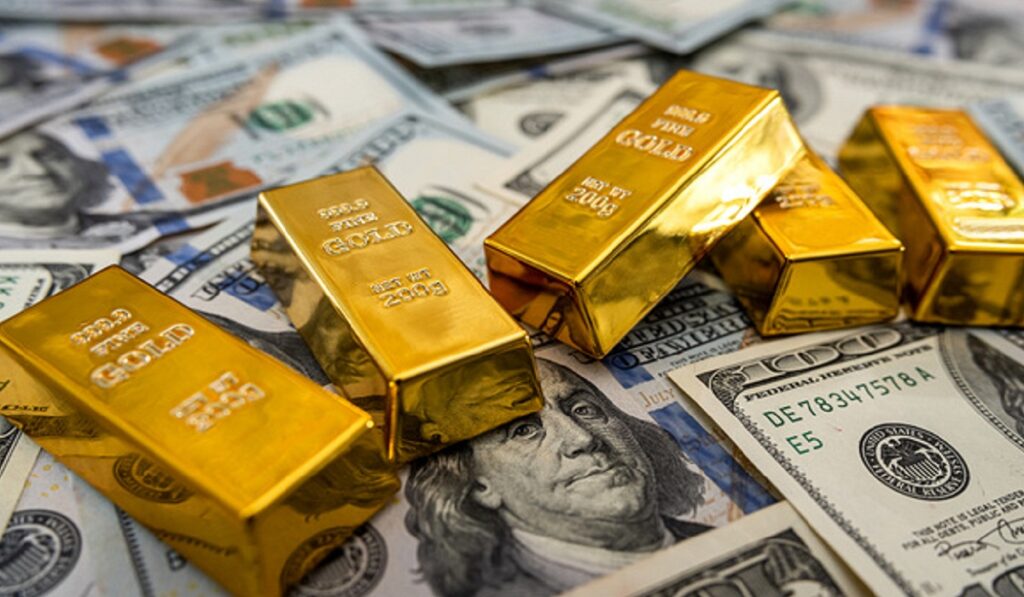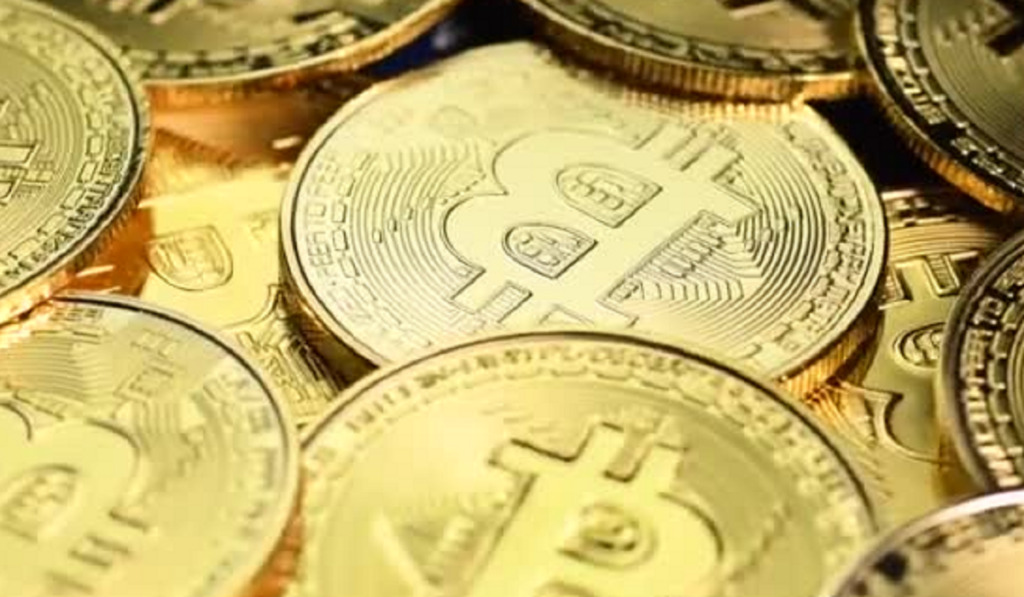Gold Currency in Global Monetary System

Gold has long been revered as an asset due to its beauty, rarity and perceived security – qualities which help safeguard wealth. Gold’s value has become one of the cornerstones of global currency for centuries – providing an accurate measurement against which other investments may be evaluated.
Gold was long considered to be a cornerstone of global currencies, linking its value with that of paper money issued from various nations. Under this standard, each nation could guarantee that each national currency had an identical rate relative to gold; traders who engaged with one unit currency as trading partner could exchange with one unit currency rather easily.
Gold standard no longer dominates modern economies; most nations moved away from it early in the 20th century towards fiat money (i.e. money without backing). This shift may have been driven by factors including an expanding global economy with growing demands for flexible monetary policy options and flexible banking products.
Gold remains an integral component of global monetary systems despite this shift, being prized by central banks, institutional investors and others as an excellent store of value during times of economic instability as well as being used as an indicator for trust analysis and sentiment analysis.
Gold’s place within the global currency system and use as currency has evolved over time, while remaining an essential element for global economy. Therefore, investors should understand its role within finance – how its presence could either help grow or hinder wealth accumulation.
Gold has long played an essential economic and currency role
Gold has long been seen as a symbol of stability and value within modern financial landscapes, serving both as international currency system and form of payment throughout its long history. Uncover its legacy within global economic affairs while discovering why its continued relevance remains important today’s global economy.
Gold has long been considered an age-old form of currency
Gold has long been valued as currency by ancient civilizations due to its intrinsic value, rarity and durability; qualities which made it ideal for trading transactions between ancient cultures such as Egyptians, Greeks and Romans alike. Minted coins often included intricate designs or had cultural or historical meaning attached.
Gold as an Anchor of Economic Stability
The gold standard was implemented during the 19th century to maintain financial markets’ stability, linking currency with specific quantities of gold reserves and thus anchoring them back onto its value. Under this arrangement, governments had an obligation to maintain reserves equal to what was issued as currency – effectively linking its worth back into gold reserves.

Bretton Woods: Establishment of the New Monetary Order
After World War II, Bretton Woods established an international monetary system. Under its provisions, the US Dollar became backed by gold as its primary reserve currency; other currencies could indirectly link back into it through pegs that linked onto gold – creating an overall system for trade and financial stability around the globe.
Gold Standard Breakup
At the turn of the 20th Century, gold standard began to come under attack due to growing U.S. budget and trade deficits that caused concern over reserves of the precious metal. President Richard Nixon announced in 1971 that dollars no longer could be directly converted to gold; effectively ending it and signalling an important turning point in global monetary systems known as Nixon Shock.
Gold’s significance within modern money systems cannot be understated.
Gold remains an integral element of global currency systems despite the demise of the gold standard years ago. Central banks, financial institutions, and governments maintain substantial gold reserves as an insurance against economic uncertainty; these assets help bolster national currencies while giving financial markets greater confidence and predictability.
Gold’s Investment Attractiviti Gold remains an attractive choice among central banks and individual investors, seen both as protection from economic volatility or market fluctuations, and inflation protection. Investors frequently turn to gold to diversify their wealth portfolio in these uncertain economic times.
Gold’s Role in Currency and Financial Services
Gold has evolved with the world of finance over time, becoming increasingly prominent as an icon for luxury products or reserves for central banks – roles all built around its adaptable presence within this financial ecosystem. Although no longer used as currency itself, its appeal and value ensure it still plays a relevant role within global economies. Though no longer used as money itself, its appeal and value ensure its relevance remains relevant within global economies and remain an influential element.
Gold’s timeless allure serves to remind us that tangible assets remain highly desirable even in today’s complex financial environments. Gold symbolizes traditional wisdom’s understanding that an investment should remain secure against constantly fluctuating economic circumstances and future uncertainties.






